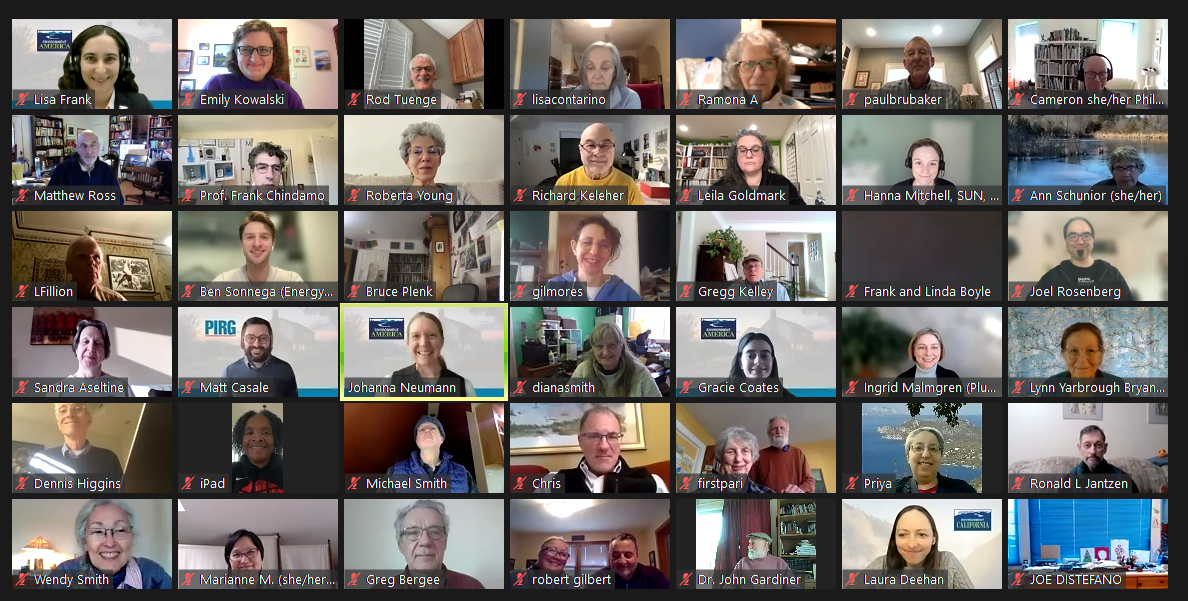
An annual journey to the Arctic National Wildlife Refuge: the story of America’s largest Caribou herd
Every year, in late spring and early summer, the Porcupine caribou arrive on the coastal plain of the Arctic National Wildlife Refuge. Numbering between 120,000 and 200,000 animals, the Porcupine herd – so named for their birthing grounds along the Porcupine River – is the largest in North America.
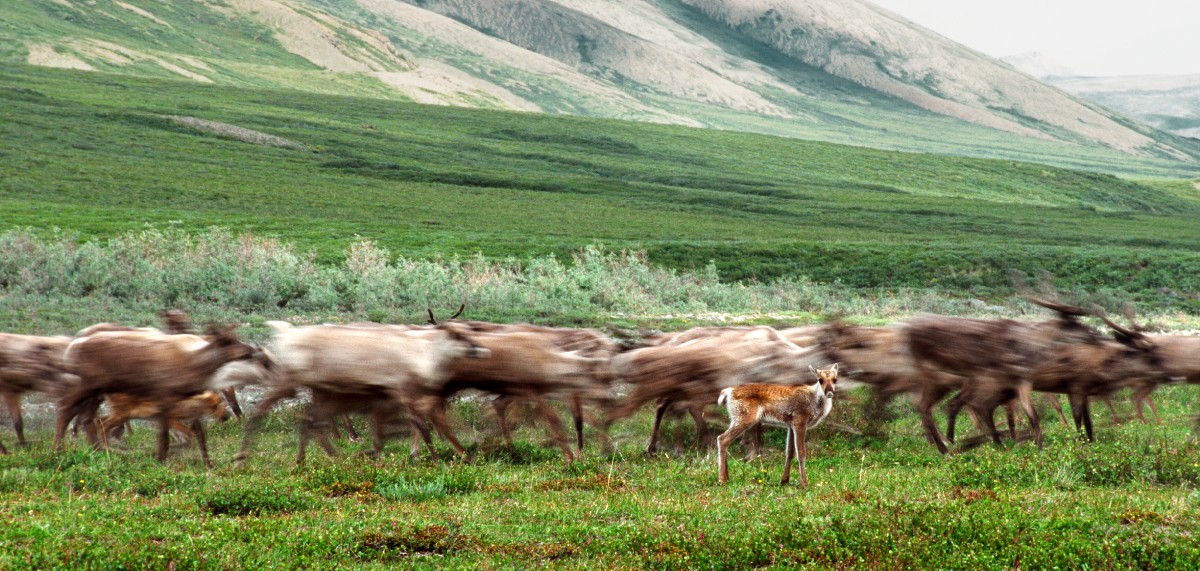
Photo Credit: Ken Madsen
Every year, in late spring and early summer, the Porcupine caribou arrive on the coastal plain of the Arctic National Wildlife Refuge. Numbering between 120,000 and 200,000 animals, the Porcupine herd — so named for their birthing grounds along the Porcupine River — is the largest in North America. For generations, these magnificent creatures have made their annual journey to the Arctic Refuge from the northern reaches of the Yukon and Northwest Territories, crossing hundreds of miles of wild, untamed landscape to feed, calve and nurture their young through the precarious first few weeks of life.
Over the course of this grueling journey from their winter range in the boreal forests of Alaska and northwest Canada a single caribou can travel more than 1,500 miles — navigating mountains, river crossings and desolate Arctic tundra to get to the calving grounds to which they’ve returned, year after year, for centuries. As Terry Tempest Williams recounts, watching these animals assemble in their thousands on the Coastal Plain is a breathtaking spectacle: “Heads, antlers, backs, tails, legs, hooves, one caribou merges into another … an endless stream of animals walking across the tundra.”
The Arctic Refuge is one of the earth’s last truly wild places, and for decades, a broad range of people from both political parties have fought off repeated efforts by the fossil fuel industry to gain access to the oil fields that lie beneath it. But in 2017, the threat to the Arctic Refuge was renewed with the passage of legislation directing the Department of the Interior to establish an oil and gas program for the area. Today, as the Trump administration prepares to formally open the Refuge to drilling, the fate of the Porcupine caribou herd hangs in the balance.
Between 50 and 75 percent of the 40,000 caribou calves born in the Arctic Refuge every year are born in the area currently earmarked for oil and gas exploration. This unique environment is home to relatively few predators and is rich in food sources for pregnant caribou and new mothers, whose calving period coincides with the explosion of plant life that blooms in the area when the snow subsides after the cruel Arctic winters. The winds, coastline and ice buildup along the rivers of the coastal plain also provide crucial respite from the relentless insects that pose a serious threat of death and disease.
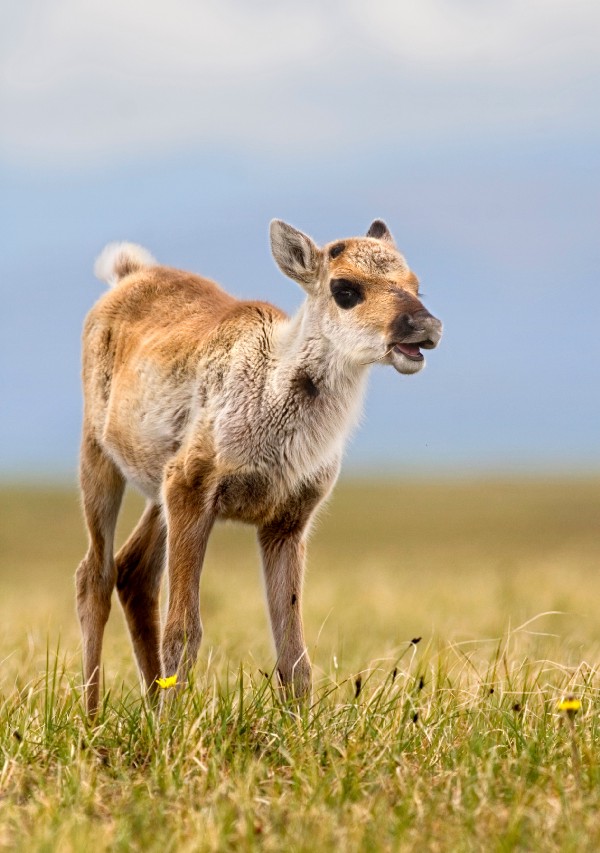
Photo Credit: Malkolm Boothroyd
In part because their migration routes have so far remained undisturbed by human interference, the Porcupine caribou herd is one of the few to have avoided major losses over recent decades. That would likely change dramatically if the area is opened to oil and gas production.
Caribou are highly sensitive animals and extremely wary of humans, and unlike some other herds, the Porcupine caribou don’t have the luxury of a large calving area that would give them room to avoid industrial sites. These animals are instead completely dependent on the strip of land currently earmarked for oil and gas exploration, and the absence of any option to expand beyond this area makes them especially vulnerable.
Recent research has found that pregnant caribou will not navigate through industrial infrastructure during calving season, and with the usual routes to their calving grounds blocked, they may be unable to give birth and nurse their newborn calves successfully. Other studies suggest that noise pollution alone could force the caribou out of much of their traditional territory, away from the safety of the coastal plain to more mountainous inland areas where they will face new threats from grizzly bears, wolves and other predators.
These and other threats are likely to take a toll on the caribou. A 2002 U.S. Geological Survey modeling study projected that the introduction of oil and gas development to the coastal plain on a similar scale to the drilling already underway on the nearby North Slope could see the survival rate of caribou calves drop by as much as 8 percent, making it harder for the Porcupine caribou to sustain itself.
The Gwich’in Nation, who have for centuries relied on the Porcupine caribou for sustenance and as the foundation of their culture, refer to the Arctic Refuge as “Iizhik Gwats’an Gwandaii Goodlit”: the “Sacred Place Where Life Begins.”
America now faces a choice. We can do long term damage to the Arctic Refuge, and the people and wildlife that depend on it, in exchange for a little more oil at a time when clean energy sources are on the rise. Or, we can protect this delicate and irreplaceable ecosystem for centuries to come.
Topics
Authors
Steve Blackledge
Senior Director, Conservation America Campaign, Environment America Research & Policy Center
Started on staff: 1991 B.A., Wartburg College Steve directs Environment America’s efforts to protect our public lands and waters and the species that depend on them. He led our successful campaign to win full and permanent funding for our nation’s best conservation and recreation program, the Land and Water Conservation Fund. He previously oversaw U.S. PIRG’s public health campaigns. Steve lives in Sacramento, California, with his family, where he enjoys biking and exploring Northern California.
Find Out More
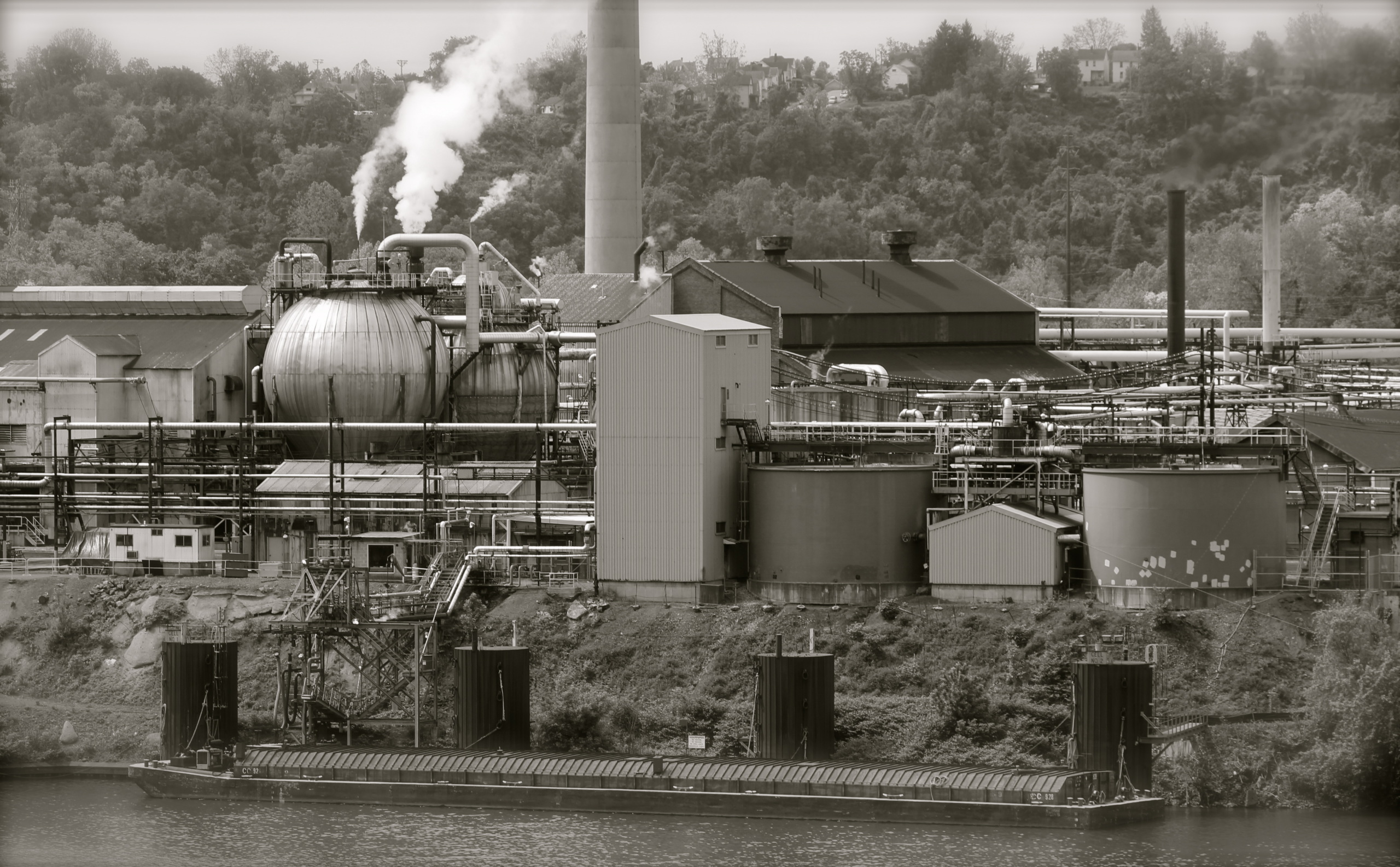
Cleaner air in Steel City

A look back at what our unique network accomplished in 2023
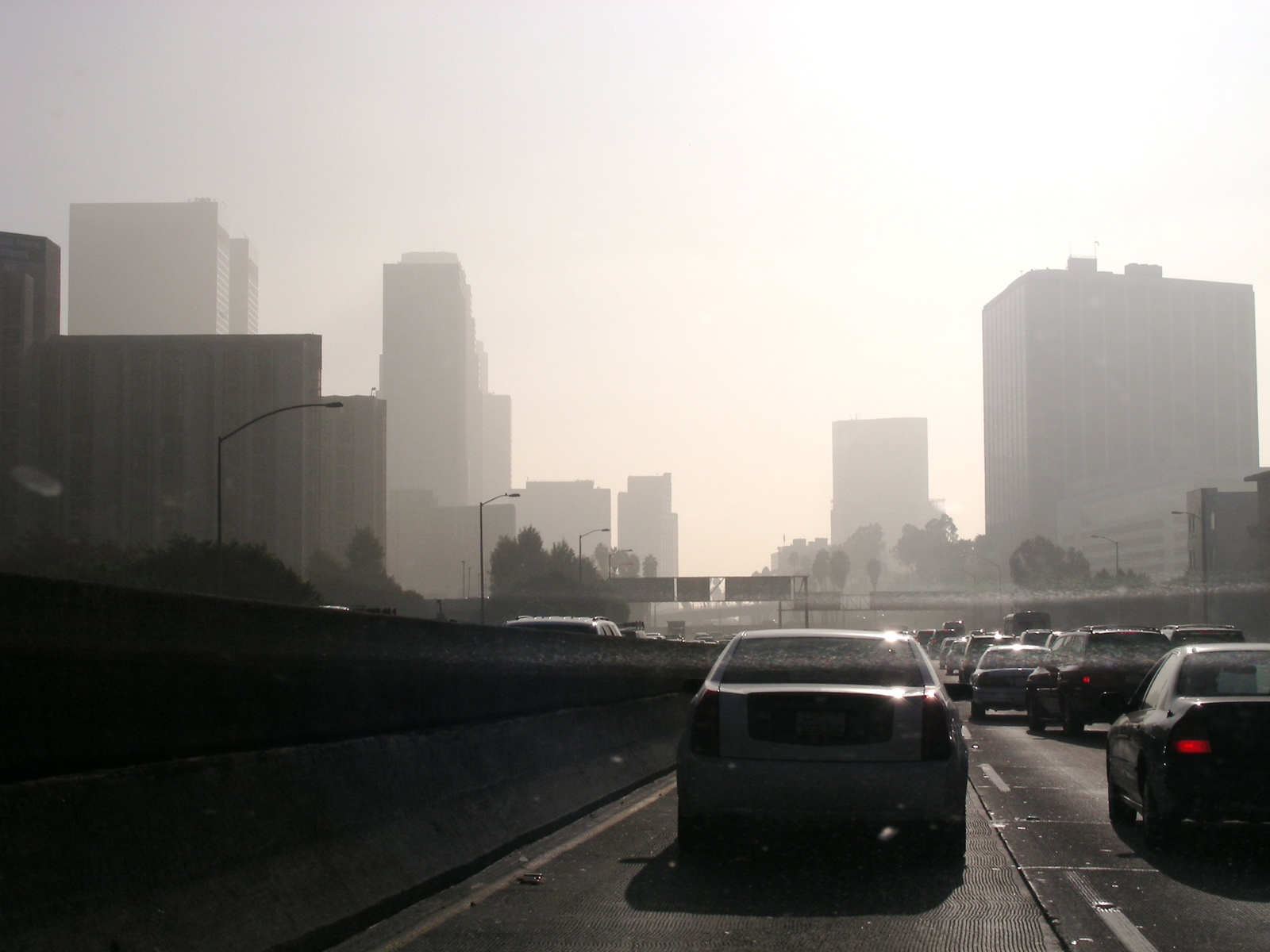
How much does American driving contribute to global climate pollution?
